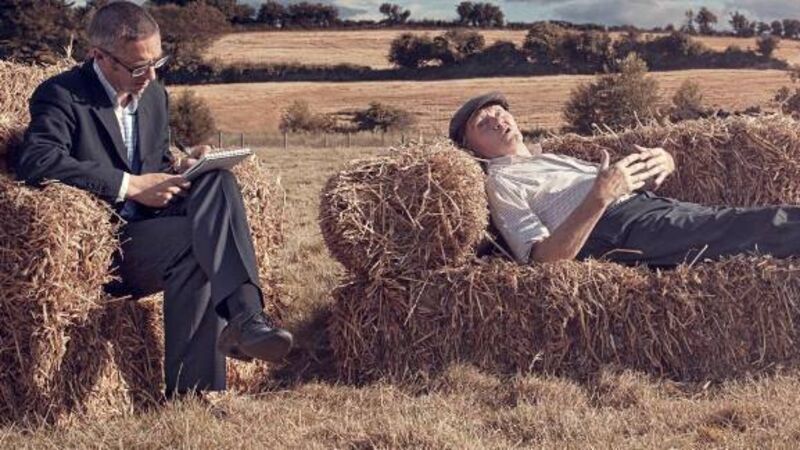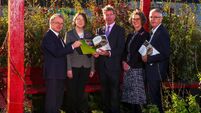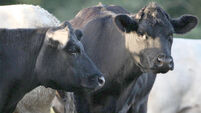Kieran Coughlan: Farmer working 63 hours needs to earn at least €34,800

Measuring how Ireland’s farmers are performing is important, given that farming is Ireland’s largest indigenous industry, with over 160,000 farmers and employees dependent on this sector.
The economic health of Ireland’s farming sector is divided into three separate classes — those farms which are economically viable, those which are economically sustainable and those which are economically vulnerable.
A farm business is deemed to be economically viable if the family farm income is sufficient to generate a return for family labour at the minimum agricultural wage, plus a return on investment.
In practical terms, this means that for full-time farmer spending 1,800 hours per year farming, the farm should generate a profit of at least €19,167, plus provide a 5% return on the capital invested in non-land assets, such as machinery and livestock.
For part-time farmers who spend fewer than 1,800 hours per year farming, their farms can still be considered economically viable if the farm generates an equivalent return per hour.
Many farmers work longer hours than the “standard” 35-hour week, with recent survey data pointing to an average working week of 63 hours per week for dairy farmers, excluding family and employed labour.
In such instances, the minimum farm profit required to cover labour input and be classified as viable would increase to €34,800.
Farms that are not economically viable, but which have an off-farm income, earned by either the farmer or the spouse, are considered to be economically sustainable.
But farm households that are operating non-viable farm businesses, and where neither the farmer nor the spouse works off the farm, are considered economically vulnerable.
The Teagasc survey suggests 37% of farms were economically viable in 2014; a further 31% of farm households were sustainable because of the presence of off-farm income; while the remaining 32% of farms are economically vulnerable.
This is a worrisome result, given that nearly one third of all farms, or 25,000 households, are not generating enough profit to provide a meaningful return for the labour invested, and are not generating a sufficient return to cover on-farm investment in machinery and livestock.
This cohort of vulnerable farmers is more concentrated in the West and Border regions.
Across farming types, it’s apparent that cattle and sheep farms are weakest.
Only 15% of cattle rearing farms, 19% of other cattle farms, and just 27% of sheep farm businesses are economically viable.
Such stark figures should stimulate debate about the future of Irish agriculture.
At a policy level, should we do more to encourage the sustainability of these vulnerable farms by, for example, offering free technical and professional support, with a view to increasing farm incomes?
Or should there be a rationalisation amongst Ireland’s farmers, allowing those viable farms grow and continue to compete at an international level, while vulnerable farmers exit?
Market forces have effectively caused a drop in the number of farmers, which has continued to decline over many decades, having halved over the past 40 years.
In the period from 2000 to 2007, CSO statistics suggest a decline in the number of farmers continued, at more than 9% over the period.
Meanwhile, decoupling of farm payments, and the higher age profile of farmers (about a third of Ireland’s farmers are pension age) may well mask the underlying crisis in profitability amongst Ireland’s most vulnerable farmers.









